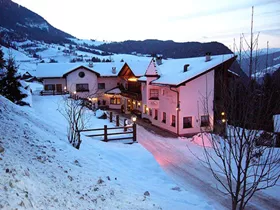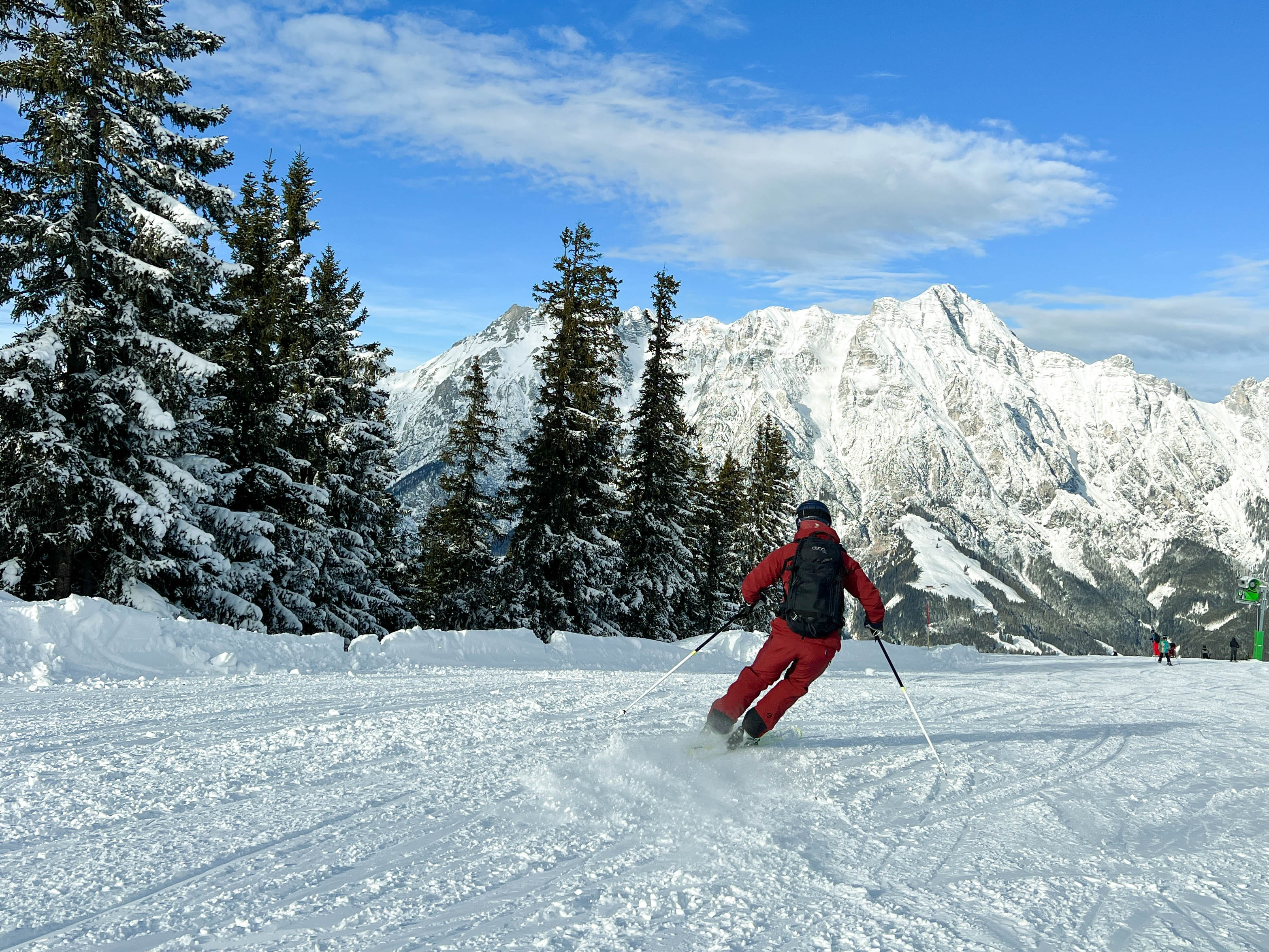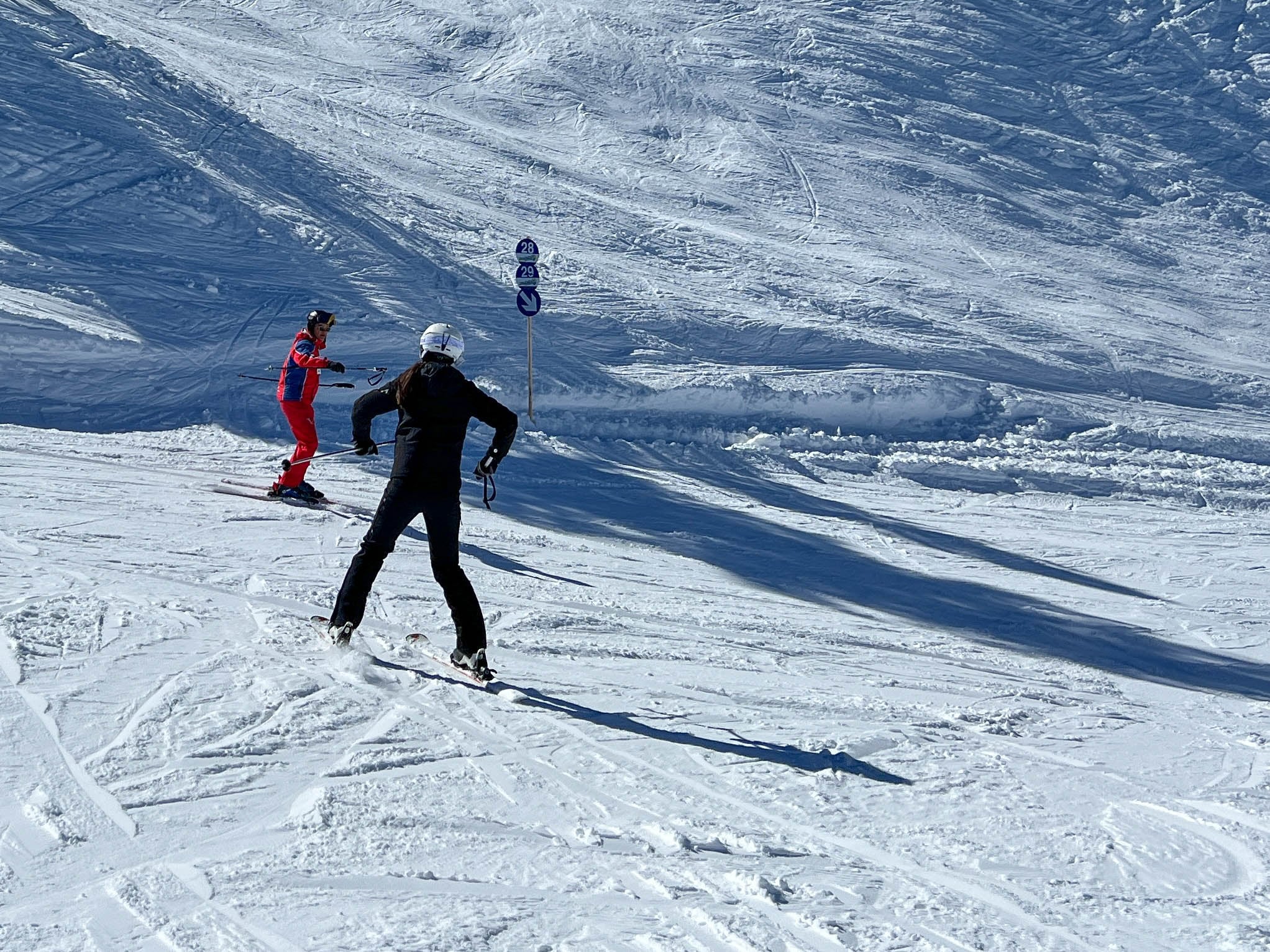After my recent article about Fondue Savoyarde, I felt guilty for not having dedicated an article to the more sophisticated Raclette! Both dishes are not-to-be-missed meals on any ski holiday.
The only 2 criteria are that you must love cheese and you mustn’t be on a diet! Just like most traditional mountain recipes, the main ingredients are not known for being low in calories – but hey, you earned the right – all those leg-burning black runs and carrying the kids skis back to the accommodation… you need to refuel!
So what exactly is Raclette?
Well, Raclette is both a Swiss cheese and a Swiss dish which is based on, guess what; melted Raclette cheese! The name Raclette comes the French verb “racler” which means “to scrape”. Are you getting the picture? Basically, the traditional recipe is about heating the cheese (usually half a 6kg wheel) and then scraping off the melted cheese onto boiled potatoes, a mix of hams and dried meats and throwing in a few gherkins for the guilty conscience!
So where did it all start?
Raclette’s origins come from the French-speaking areas in the Alpine regions of the Valais canton in Switzerland. The tradition goes back a long way as there is talk of it being mentioned in medieval texts! Like many regional specialties, such as Paella in Spain and Bouillabaisse in the south of France, Raclette was originally a peasant meal which was meant to be filling, tasty and as cheap as possible often using what could be round lying around in the kitchen. The story goes that local farmers or herdsmen set up camp for the night and the cheeses that they had been preparing earlier were laying on stones near the open fire! The edge of the cheese nearest the fire melted and not wanting to waste any, the men scraped off the melted part and ate it with their dried meats and potatoes they were already tucking into.
Not surprisingly, the idea quickly caught on and spread onward through the valley. Adding gherkins and pickled onions must have been introduced because they are cheap, easy to keep and transport and adding them makes Raclette a balanced meal!
Fendant - local white wine – has always been particularly popular with Raclette. Be warned - local tradition says that other drinks, such as water, will cause the cheese to harden in the stomach, leading to indigestion. This is why Raclette is often served with warm drinks!
Traditionally the melting (and probably the eating) of a Raclette took place in front of an open fire with the cut side of the huge piece of cheese facing the fire. As it started to melt, the soft part of the cheese was scraped off with a large knife and served to those gathered round the fireplace or table.
The tradition soon spread across the Savoy region and then onto other countries beyond the Alps and today Raclette has become an international star – I even found an Australian website dedicated to Raclette!
The traditional Raclette recipe
So if you want to respect tradition, you'll need:
Raclette cheese
New potatoes (Charlotte or similar)
Good quality ham
Salami
Parma ham
Chorizo
Serrano ham
Gherkins
Pickled onions
Boil some new potatoes and leave them to cool slightly before serving and lay out the hams and cheese on large plates making it easy to see the delicious selection. Serve with a green salad or tomato salad and some fresh crusty bread!
An essential item if you don’t have an open fireplace is, of course, some kind of machine to heat the cheese. The simplest way is with an electric, table-top Raclette grill– which consists of a lower grill section with a number of non-stick mini pans (“coupelles” in French) and an upper part where you can place a dish to keep your potatoes warm! These machines come in so many different shapes and sizes, that you’ll need at least an hour in the shop to choose one! If you’re using one of these Raclette grills, you’ll need to cut the cheese into generous slices before use. Then, you simply place your slice of cheese in a mini pan and slide it under the grill. While it’s melting, serve yourself some ham and potatoes and then once the cheese starts to bubble, simply pour the delicious result on top! Nibble some gherkins and pickled onions and enjoy this sumptuous dish for hours on end…
Why stick to tradition!
If, once you’ve bought your Raclette machine, you’ve done so many stinky cheese evenings, you’d rather never see another slice of it again, then why not use your machine to cook other delicious meals! You can cook just about anything from egg and bacon to curry using marinated meats. Being married to a French man, the first time I suggested this, a look of horror appeared on my husband’s face at the idea of “breaking tradition” – he has since then warmed to the idea! One of our favourite alternatives is placing pre-cooked new potatoes, cut into small pieces, with garlic butter in a mini pan and then sitting back and watching the magic happen – just mouth watering I promise you!
Raclette machines have evolved so much now that you really can cook everything and anything on the same machine at the same time – it’s totally up to you!
One of the main advantages of Raclette is the limited preparation and practically no cooking – meaning very little washing up! You can relax and enjoy time with your guests with running back and forth to the kitchen every 2 minutes! Personally, I love having Raclette parties when introducing people that don’t know each other – it’s a great convivial meal as there’s lots of passing around, and discussion about different combinations and what works! Hours of laid back chatting, eating and drinking…
Enjoy!









